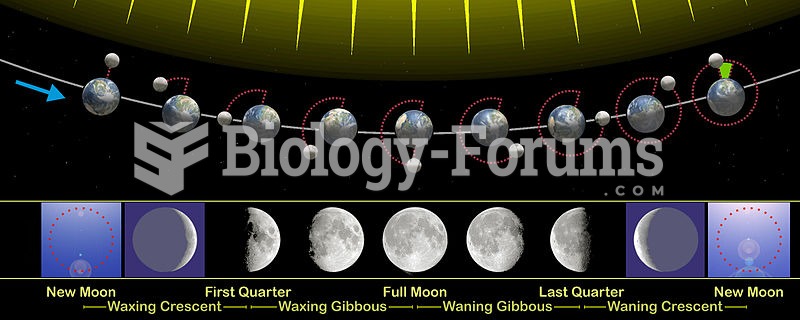Answer to Question 1ANS:Answer
should include:
The first theory about the age of the Earth was based on the genealogy of the Bible's Old
Testament. It was proposed by Bishop James Ussher. This theory estimated that the
Earth was approximately 6,000 years old.
James Hutton thought the Earth was older than what the Bible dictated. He made
observations about the erosion rates, sediment distribution, and patterns of rock
formations. Hutton believed that all geological features and history could be explained
by the same processes that were being observed in present times. This theory is called
uniformitarianism.
Catastrophism tried to answer the questions that uniformitarianism brought up, but was
unable to answer. For example, Hutton's theory did not explain why the Earth was not
flat if there was erosion occurring all throughout Earth's history. They maintained that
biblical catastrophes like the flood mislead the appearance of the Earth's age. Events like
this caused animals to go extinct and shells to be transported to the tops of mountains.
Scientists from all three perspectives began trying to prove their own theory or disprove
the others. This increased after Charles Darwin and Alfred Russell Wallace introduced
natural selection, a process that would take long periods of time to explain the diversity
of life on the planet. Technology improved and samples were taken during this period.
Also, patterns were able to be identified in fossils.
Answer to Question 2ANS:Answer
should include:
Paleomagnetism is the study of fossil magnetic fields. It uses the magnetite in magma to
determine the direction of the magnetic field and even the orientation of the continents at
various times in history.
Paleomagnetism can show the alterations between weak and strong bands of magnetism.
This suggests the orientation of the magnetic pole has shifted numerous times.
Magnetometers measure the amount and direction of residual magnetic fields.
Some bands add to Earth's present magnetism while others have weakened it.
 The monthly changes of angle between the direction of illumination by the Sun and viewing from Earth
The monthly changes of angle between the direction of illumination by the Sun and viewing from Earth
 Scaling the Earth down to the size of a basketball, the Moon is roughly the size of a tennis ball. T
Scaling the Earth down to the size of a basketball, the Moon is roughly the size of a tennis ball. T





